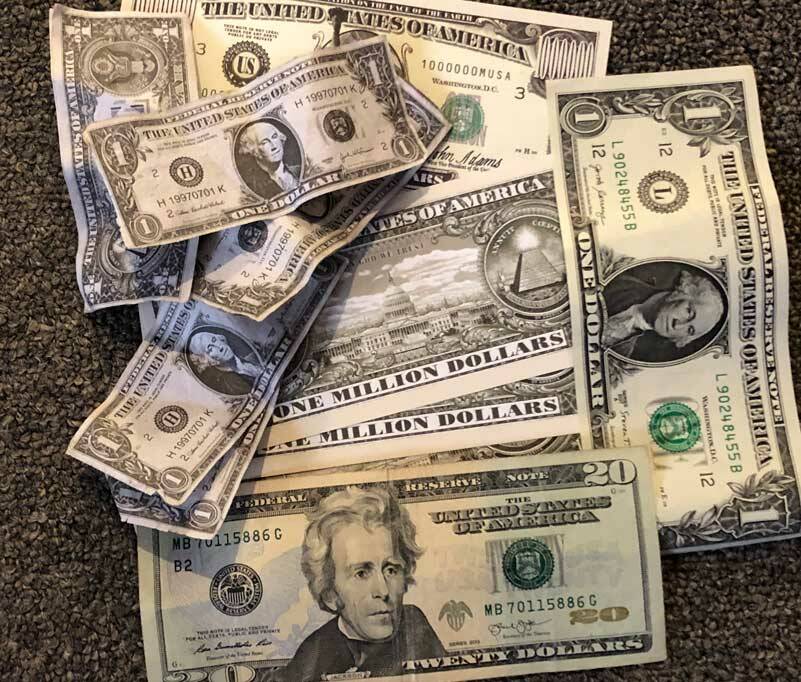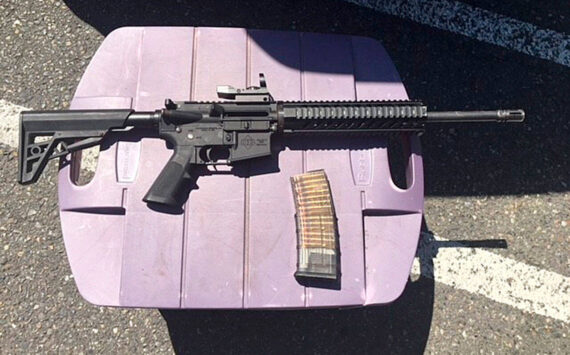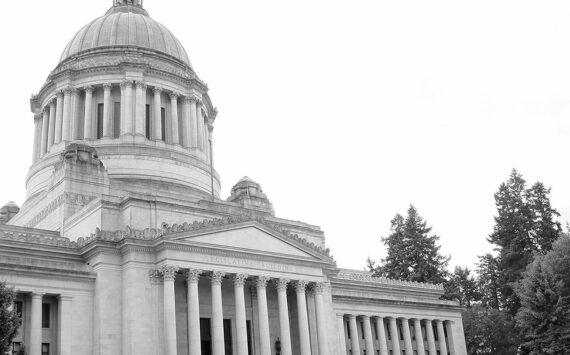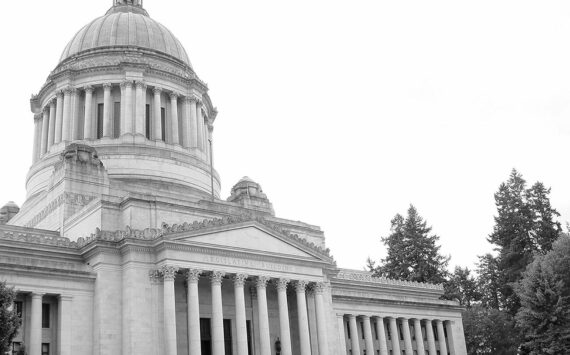By Morf Morford, Tacoma Daily Index
When it comes to the ultimate snooze factor, it’s hard to beat the droning, near-hypnotic pace of balance sheets.
With words and terms like depreciation, compound interest (also known as interest on interest), cash flow statements and a dozen or so more, who can stay awake, let alone maintain any kind of vigilance over OPM (other people’s money)?
Or, consider a term like EBITDA (an acronym of Earnings Before Interest, Taxes, Depreciation, and Amortization).
EBITDA is a commonly used measure of a company’s ability to generate, measure, and to some degree, maintain, cash flow. To get EBITDA, add net profit, interest, taxes, depreciation, and amortization together.
Still awake?
My point is that when it comes to banking, just like our personal health, particularly as expressed by our vital signs (like pulse, body temperature and blood pressure) boring is good. Boring, in fact, is best. When it comes to money, and money management, nothing is better than boring.
If you want to sleep at night, invest confidently, and secure the finances of those you care about, boring should be your call to action.
If there is any area of business that, for a multitude of obvious reasons, should be risk averse, it is banking.
I love the idea of entrepreneurs and innovators – but not if they are using my money.
Silicon Valley Bank (SVB) is far from alone in its tight-rope dance between interest rates, crypto-currencies, asset holdings and, perhaps that most extreme variable of all – consumer confidence.
A generation ago, banking was the ultimate boring career field.
White shirts, solid architecture (usually stone or brick) and “banker’s hours” defined the industry.
If you wanted investments beyond stable-interest money markets, you knew that banks were not the place. Stock market agents (or even casinos) were where illusions of wealth could be found – not in your predictable banker’s office.
But, as with everything else in the 2020s, that was then, and this is now.
For decades following the Great Depression (1929-1938 or so) banks were strictly regulated; banks held money, investment firms facilitated investments.
Those laws were in place until the early 2000s.
Enter the NINJAS
As regulations and requirements were loosened, virtually anyone could get a loan. And many who should not have, did. They became known as NINJAs (No Income, No Job, and No Assets).
And then, in the fall of 2008, the obvious happened; the banking/housing/mortgage market collapsed. We all knew this day was coming, but we all acted surprised and horrified when that day finally arrived.
NINJA loans are, by definition, risky for both the lender and the borrower. Because NINJA loans require no evidence of collateral, they are not secured by any assets that a lender could seize if the borrower defaults on the loan.
As interest rates shift, or life’s inevitable disasters strike (from divorce to death to job loss) – the financial avalanche only grows larger and foreclosures became visible, if not dominant, even in upscale neighborhoods.
Those policies impacted, even defined, the financial and housing markets for the decade or so since.
Financial regulations were put in place again, and, true to form, loosened again.
If you study history, in any category, from economics to military to fashion trends, you can’t avoid a very simple principle perpetually at work; human beings rarely learn anything.
Who needs NINJAs when we have crypto?
When it comes to vaporous investment portfolios, it’s hard to beat cryptocurrencies.
I “invested” in some non-headline cryptocurrencies. These were primarily “artists” that I could and did “support”.
At one point my investment had more than quadrupled.
And then it began to shrink. And then, not only did each account dwindle, but the entire exchange evaporated.
The same thing happened, multiplied by a few billion, to SVB.
With little notice, the sixteenth largest bank in the United States (and the bank of choice for many tech start-ups) had been shut down by the feds.
Around $42 billion in deposits were withdrawn on the Thursday before closure alone.
SVB was the victim of an old-fashioned bank run. The bank, which had $210 billion under management going into 2023, saw $42 billion get pulled, unexpectedly, in a single day—more than $1 million per second. To put it mildly, no bank, no matter how vast its assets, could withstand that level of withdrawal for very long.
But this wasn’t exactly an “old-fashioned” bank run like you might see in old black and white movies.
House Financial Services Committee Chair Patrick McHenry called SVB’s collapse “the first Twitter fueled bank run.” In other words, this bank run was a particularly modern one—a panic aided by technology that has taken ancient human impulses and cranked them up to warp speed.
In fact some make the argument that, if it were not for a few tweets, SVB (and a lot of other businesses) would still be operating.
Twitter is what we have, or maybe even who we are
We humans have always loved rumors and conspiracies – and, far more than most of us would be willing to admit, we are vulnerable to what those around us do.
Few of us want to be the first one to do something, and we certainly don’t want to be the last. When it comes to investments or seeing the latest movie or picking up on the latest fashion trend, we don’t want to be “weird” – or left behind.
Twitter just makes it easier, and faster, to respond to rumors and fears. We have no need to rush to the bank, thanks to our phones, we can make withdrawals immediately. As many did.
And, thanks to Twitter, technology and ancient impulses, we find ourselves drawn into a moral quandary; picture yourself as an investor, or even just a regular customer at your local bank. You hear through relatively reliable sources that your bank was in deep trouble.
Would the right thing be to take to social media and warn people in order to protect them—and pressure the Fed to intervene? Or would the right thing be to remain silent in order to prevent a bank run that perhaps might not happen without rumors and social media?
In short, there are no good options. And no good endings.
I don’t like where we are. But I really don’t like where we are going.
Our technology has removed almost all friction from bank runs, and that’s a very dangerous situation. We must reintroduce friction and controls. And regulations. We have to find a way to slow things down.
With laws, regulations, more control, and maybe even a few more white shirts, we need to make banking boring again.
What happens next?
The pressing question is whether SVB is a one-time event or a sign of things to come.
Signature Bank is in trouble, and multiple sources have told me that, on the global market, Credit Suisse is faltering. Banks, like every business in every market, are tied to other institutions. No one thrives, or sinks, on their own.
You can see a list of ten banks in potential trouble here.
There is even speculation that the US dollar, as the world’s currency, is in jeopardy. Bailing out banks is expensive, but it costs far more than money. If local (and not so local) banks depend on consumer confidence, this is even more true at a global level. Our international trading partners need to trust, not only us, but the currency we use.
Panic and rumor, multiplied by social media, are far more menacing than any of us could have imagined just a couple years ago. We need stronger, not weaker, regulations to make banking safer, more solid and predictable, and yes, more boring.





